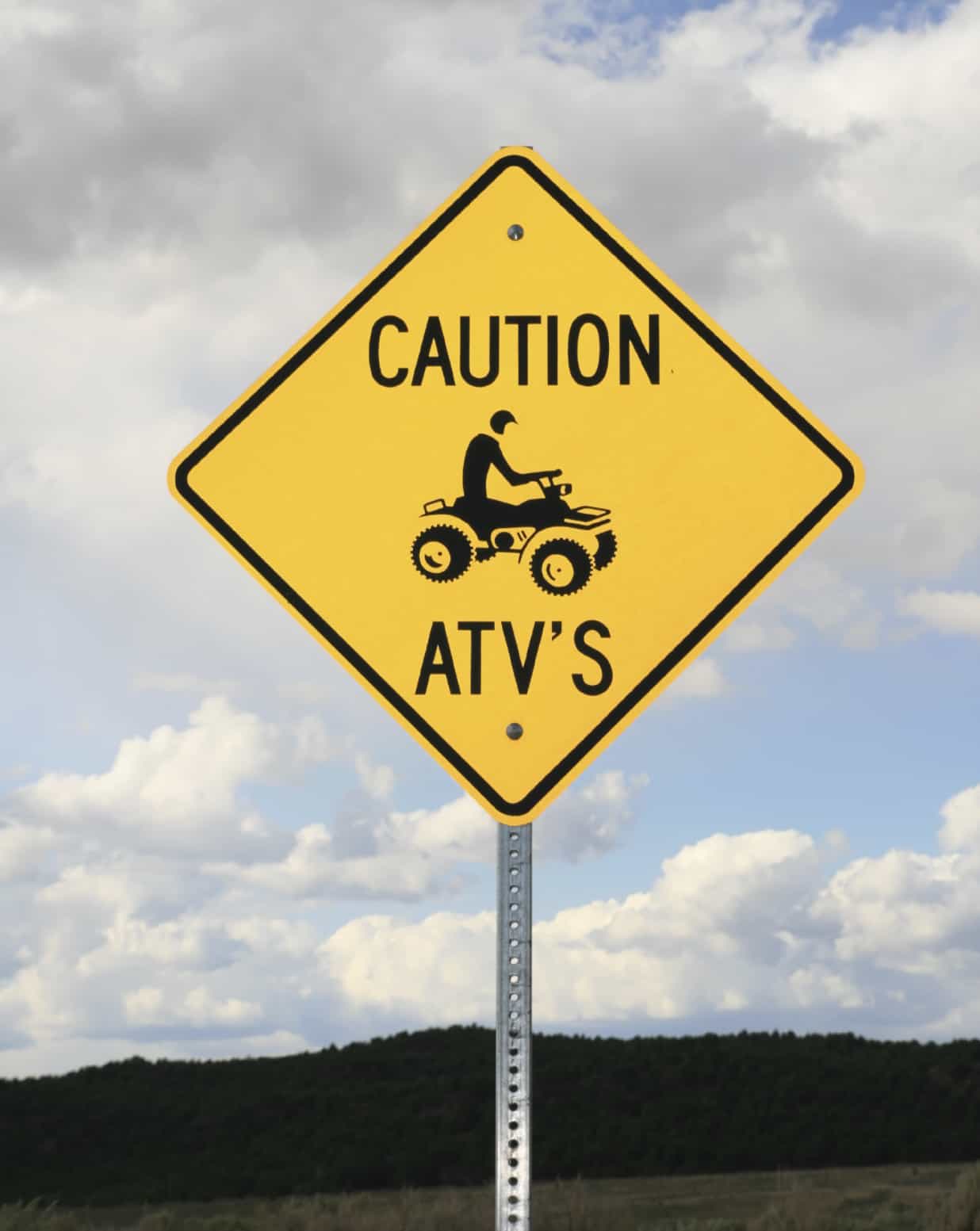 The Weekly Times scored an exclusive this week about a new model of Polaris quad bike which incorporates a roll cage or rollover protection structure (ROPS) in its design. The significance of the Sportsman Ace is, according to the newspaper and the manufacturer, a “game changer” because it seems to counter the arguments of the quad bike manufacturers against such design changes in submissions to government and in public campaigns. They have stressed that more effective control of a quad bike comes from driver training and behaviour and that ROPs may itself contribute to driver injuries and deaths. The Polaris Sportsman Ace, to be released in the United States this week and Australia next month, seems to prove that quad bikes can be redesigned to include safety features, an action that manufacturers have been extremely reluctant to do.
The Weekly Times scored an exclusive this week about a new model of Polaris quad bike which incorporates a roll cage or rollover protection structure (ROPS) in its design. The significance of the Sportsman Ace is, according to the newspaper and the manufacturer, a “game changer” because it seems to counter the arguments of the quad bike manufacturers against such design changes in submissions to government and in public campaigns. They have stressed that more effective control of a quad bike comes from driver training and behaviour and that ROPs may itself contribute to driver injuries and deaths. The Polaris Sportsman Ace, to be released in the United States this week and Australia next month, seems to prove that quad bikes can be redesigned to include safety features, an action that manufacturers have been extremely reluctant to do.
A major critic of ROPs on quad bikes in Australia has been the Federal Chamber of Automotive Industries (FCAI). SafetyAtWorkBlog spoke to a spokesman for the FCAI who explained that the Polaris Sportsman Ace is not an All-Terrain Vehicle (ATV) but a UTV (Utility Terrain Vehicle). Continue reading “The safety features of the new Polaris set a new benchmark”


